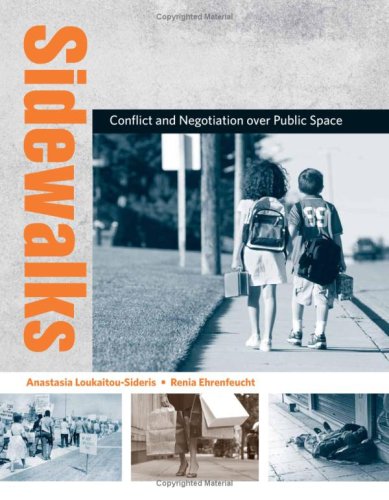

Most ebook files are in PDF format, so you can easily read them using various software such as Foxit Reader or directly on the Google Chrome browser.
Some ebook files are released by publishers in other formats such as .awz, .mobi, .epub, .fb2, etc. You may need to install specific software to read these formats on mobile/PC, such as Calibre.
Please read the tutorial at this link. https://ebooknice.com/page/post?id=faq
We offer FREE conversion to the popular formats you request; however, this may take some time. Therefore, right after payment, please email us, and we will try to provide the service as quickly as possible.
For some exceptional file formats or broken links (if any), please refrain from opening any disputes. Instead, email us first, and we will try to assist within a maximum of 6 hours.
EbookNice Team

Status:
Available4.6
36 reviewsUrban sidewalks, critical but undervalued public spaces, have been sites for political demonstrations and urban greening, promenades for the wealthy and the well-dressed, and shelterless shelters for the homeless. On sidewalks, decade after decade, urbanites have socialized, paraded, and played, sold their wares, and observed city life. These many uses often overlap and conflict, and urban residents and planners try to include some and exclude others. In this first book-length analysis of the sidewalk as a distinct public space, Anastasia Loukaitou-Sideris and Renia Ehrenfeucht examine the evolution of the American urban sidewalk and trace conflicts that have arisen over its competing uses. Drawing on historical and contemporary examples as well as case study research and archival data from five cities—Boston, Los Angeles, New York, Miami, and Seattle—they discuss the characteristics of sidewalks as small urban public spaces, and such related issues as the ambiguous boundaries of their “public” status, contestation over specific uses, control and regulations, and the implications for First Amendment speech and assembly rights.